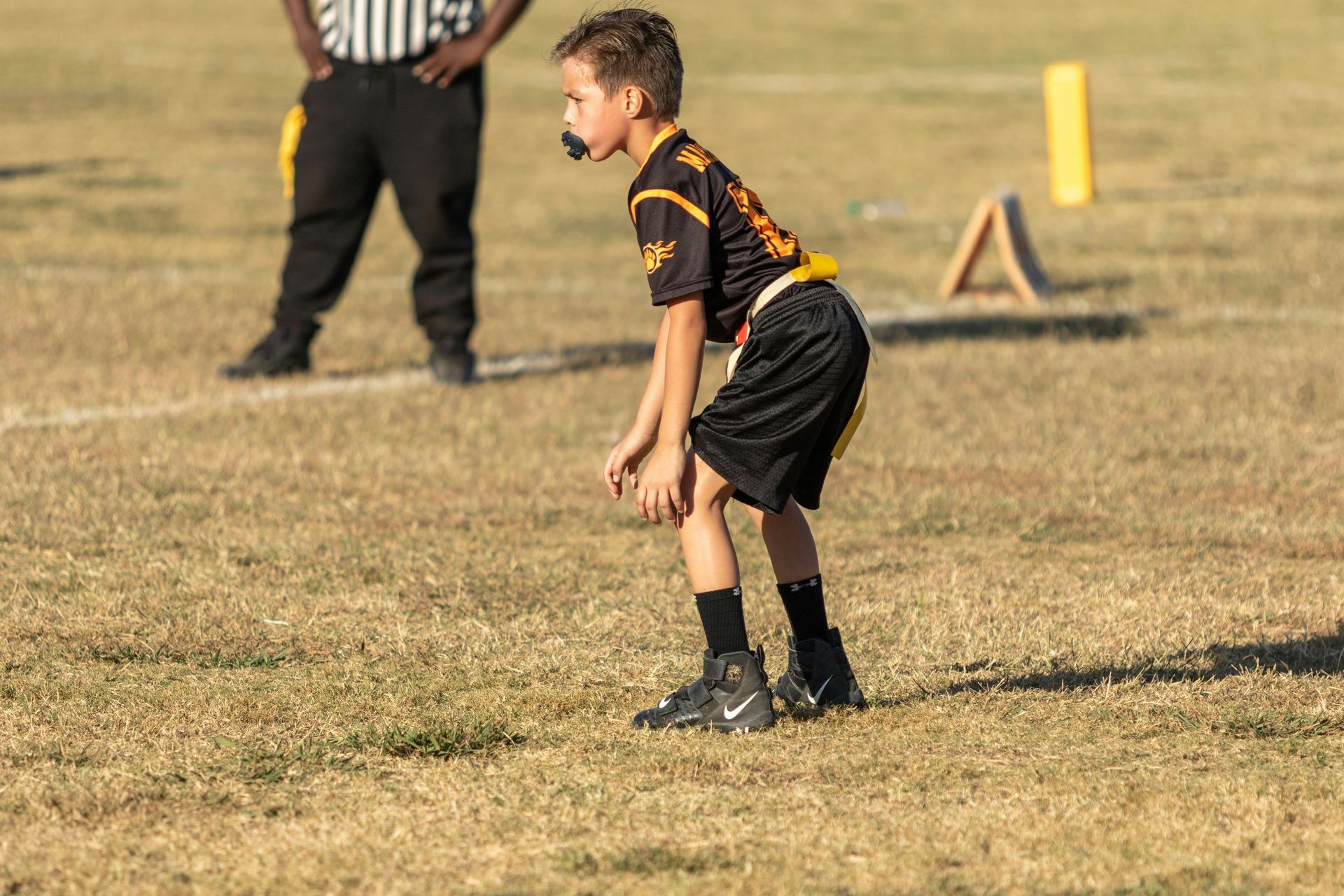The Cost of Sports Training vs. The Cost of College: A Worthwhile Investment?
When parents consider the long-term financial implications of raising a student-athlete, they often question whether the cost of training is truly worth it. On the surface, paying for sports training might seem like a hefty investment, but when compared to the rising costs of college, it presents an intriguing financial strategy.

Breaking Down the Numbers
The average cost of a sports training session is around $55. If a child trains once per week from the age of 6 to 18, the total cost would be approximately $34,000. While that might sound like a significant amount, let’s compare it to the cost of a four-year college degree.
The average cost of college in the U.S. is around $150,000, including tuition, housing, and other expenses. That’s nearly five times the investment of sports training! The key question is: Can investing in sports training help offset college costs?
The Scholarship Factor
One of the biggest advantages of youth sports training is the potential to earn an athletic scholarship. College scholarships range from partial to full-ride offers, which could significantly reduce or even eliminate college debt. If an athlete excels and secures a scholarship, the $34,000 investment in training can lead to tens of thousands—or even hundreds of thousands—of dollars in college savings.
What Could This Look Like?
- Full athletic scholarship = College paid for in full, saving approximately $150,000.
- Partial scholarship = Reduces college expenses, saving $50,000 to $100,000.
- Walk-on opportunities = Increased chances of admission into elite schools and networking with influential coaches and alumni.
Beyond the Scholarship: The True Value of Training
Sports training isn’t just about scholarships—it’s also about discipline, work ethic, and character building. Athletes learn time management, perseverance, teamwork, and leadership skills—traits that translate directly into career success, whether they go pro or not.
Additionally, excelling in sports can open doors to NIL (Name, Image, Likeness) earnings, sponsorships, and brand deals, further offsetting college costs.
Alternative Investment vs. Sports Training
Some may argue that instead of investing in sports training, parents could put that $34,000 into a 529 College Savings Plan or other investment vehicles. While this is a valid option, consider this:
- An athlete with scholarship opportunities can attend college debt-free, leaving that $150,000 for postgraduate education, homeownership, or business ventures.
- The average student loan debt upon graduation is around $37,000—sports training may eliminate the need for loans altogether.
- If an athlete doesn’t get a scholarship, they still gain invaluable life skills, networking opportunities, and potential access to sports-related careers (coaching, sports management, fitness training, etc.).
The Final Verdict: Can You Beat This Investment?
While there are no guarantees in sports or scholarships, the return on investment (ROI) of training is undeniable. Even if a child doesn’t land a full scholarship, the skills, discipline, and connections gained from athletics can pave the way for a successful future—often without the burden of student debt.
In a world where college costs continue to skyrocket, investing in sports training is not just about playing a game—it’s a strategic financial move that can lead to life-changing opportunities. Can you really beat that?











